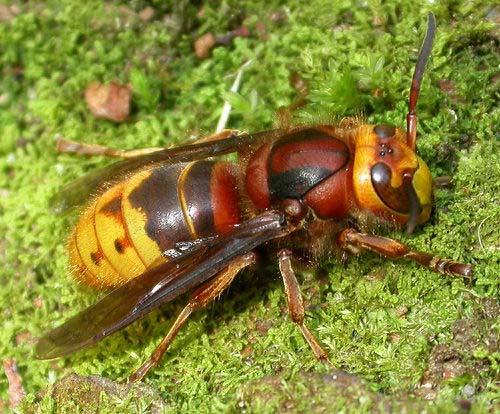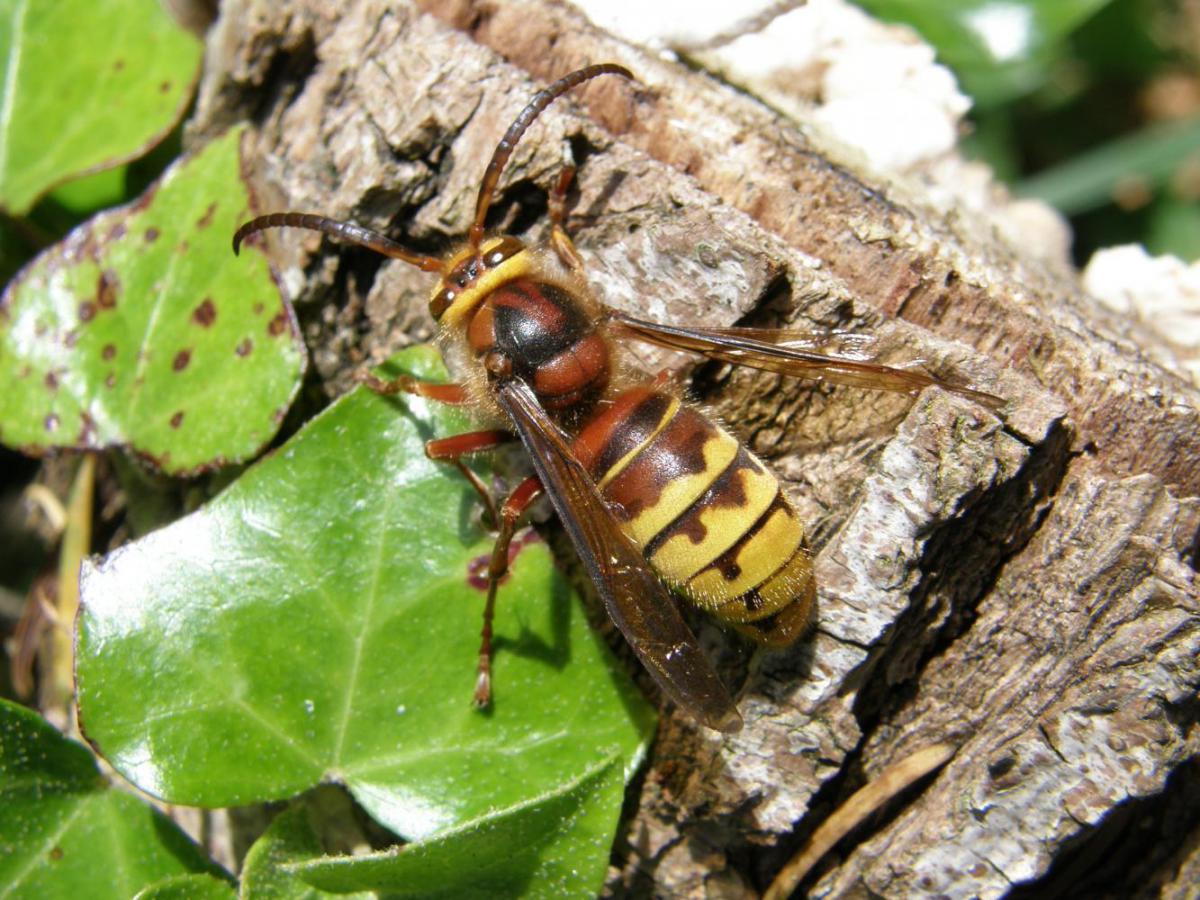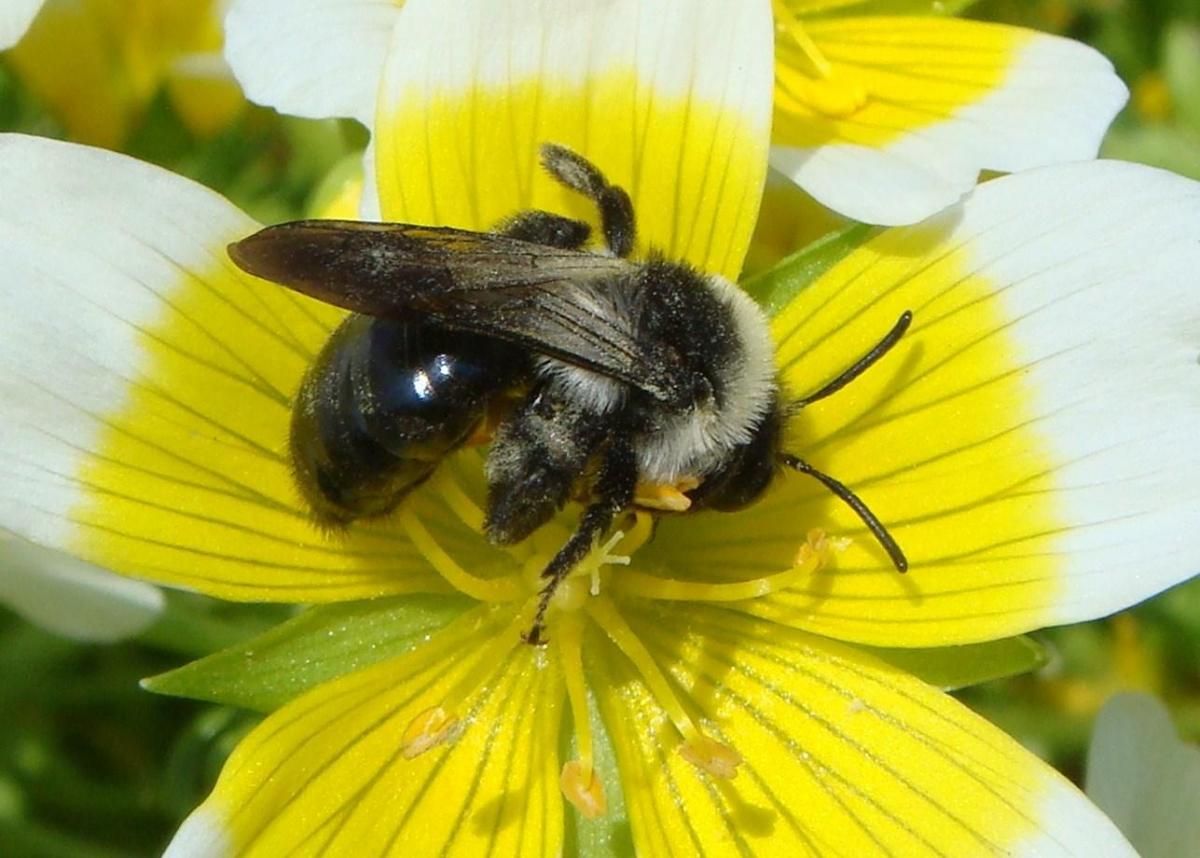Submit a sighting of Andrena vaga
Reporting your sightings of Andrena vaga
Andrena vaga is a widespread mining bee in Europe. It is an early season species that collects pollen from willow (Salix species). It has until recently been considered a very rare species, doubtfully native to the UK. Historically, it had been recorded just twice (in Kent) in 1939 and 1946, but not again, until in 2014, numerous specimens were seen at Dungeness, Kent and the Solent coast in Hampshire. It is considered that these are recent arrivals from the continent, rather than emanating from long established populations.
In 2015 A. vaga was recorded from near Tunbridge Wells in Kent, so it may be spreading inland from coastal sites. BWARS is keen to chart the potential spread of A. vaga and will welcome all records. Please try to include a photograph with your record - even poor photos may well be good enough to verify the identification of this distinctive bee.
BEWARE the similar and very common Andrena cineraria in which the thorax has a black band, whilst A. vaga is white haired across the whole of the top of the thorax. See images below.






